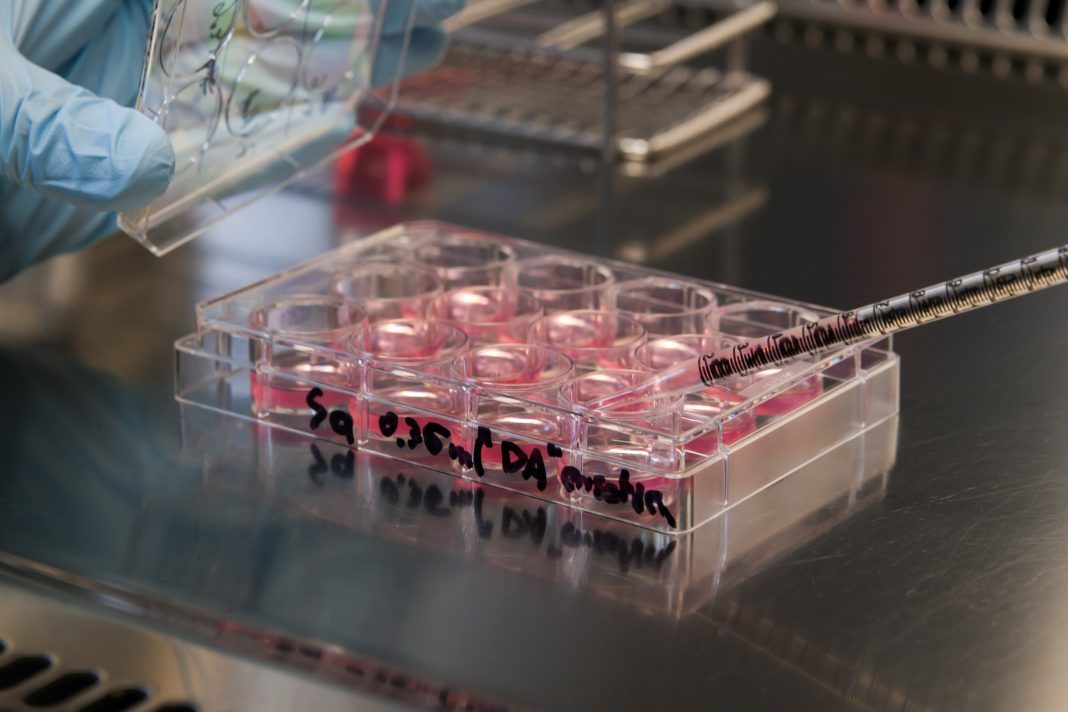Knowing which stem cell characteristics to optimize during the manufacturing process is among the biggest challenges still facing the cell therapy industry. That’s according to Greg Fiore, MD, CEO of Exacis Biotherapeutics.
Fiore, who is due to speak about manufacturing challenges at the Process Development for Cell Therapies Summit in October, believes that stem-cell therapy manufacturers are now actively addressing many of the challenges the industry considered theoretical just two years ago.
“One example of such a challenge is that companies working on engineering terminally differentiated NK [Natural Killer] cells were running into difficulty with them becoming exhausted during the manufacturing process,” he tells GEN. “But I think people have pretty well sorted that out.”
Similarly, companies have largely addressed the challenge of maintaining cell potency after cryopreservation, he explains.
However, Fiore, who believes that iPSC-derived treatments are the future of cell therapy, notes that the industry has not yet reached consensus on the optimal characteristics for their cells. And, as such, they can’t tweak their manufacturing process to gain those features.
“The biggest gap in our understanding is the target cell phenotype that we’re attempting to achieve during the manufacturing process,” he says.
As one example, there’s a lack of scientific knowledge about how to increase the half-life of cells in a patient. Companies are also unsure what is the right balance of activating and inhibiting receptors on the cell surface to achieve the goals they want in the clinic.
According to Fiore, one reason for this lack of scientific knowledge is that few stem cell-derived therapies have entered human clinical trials at this point.


